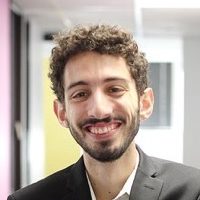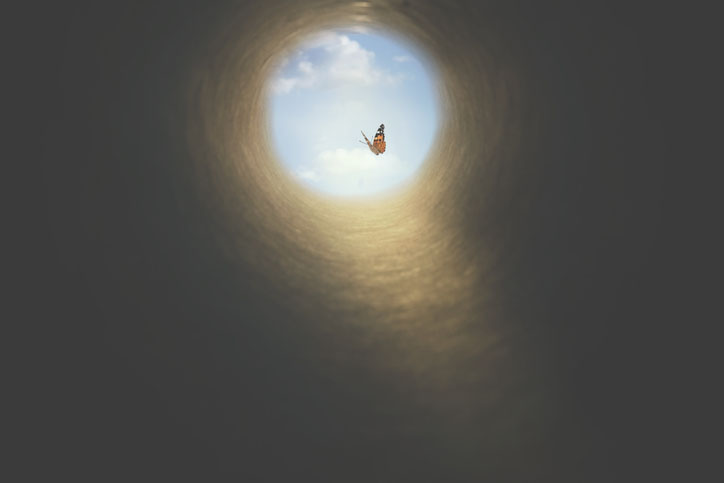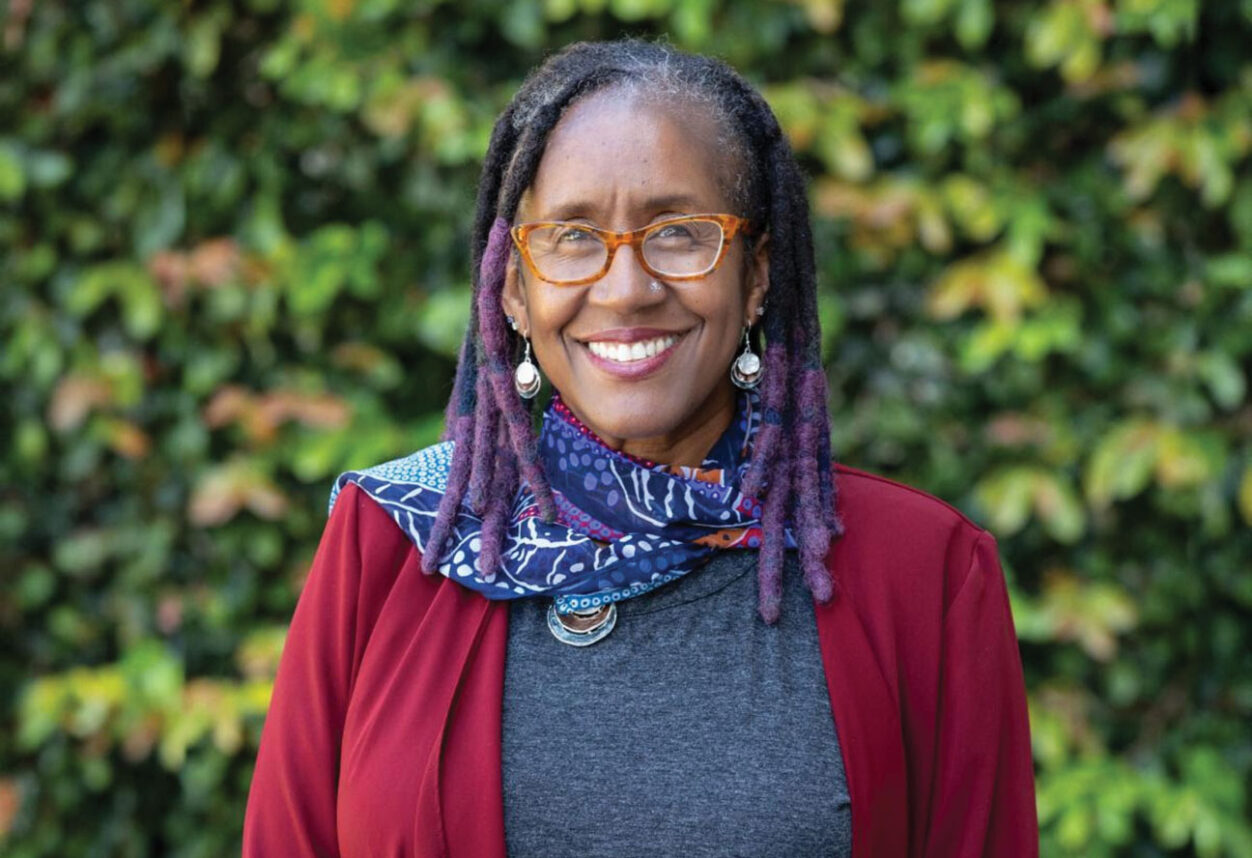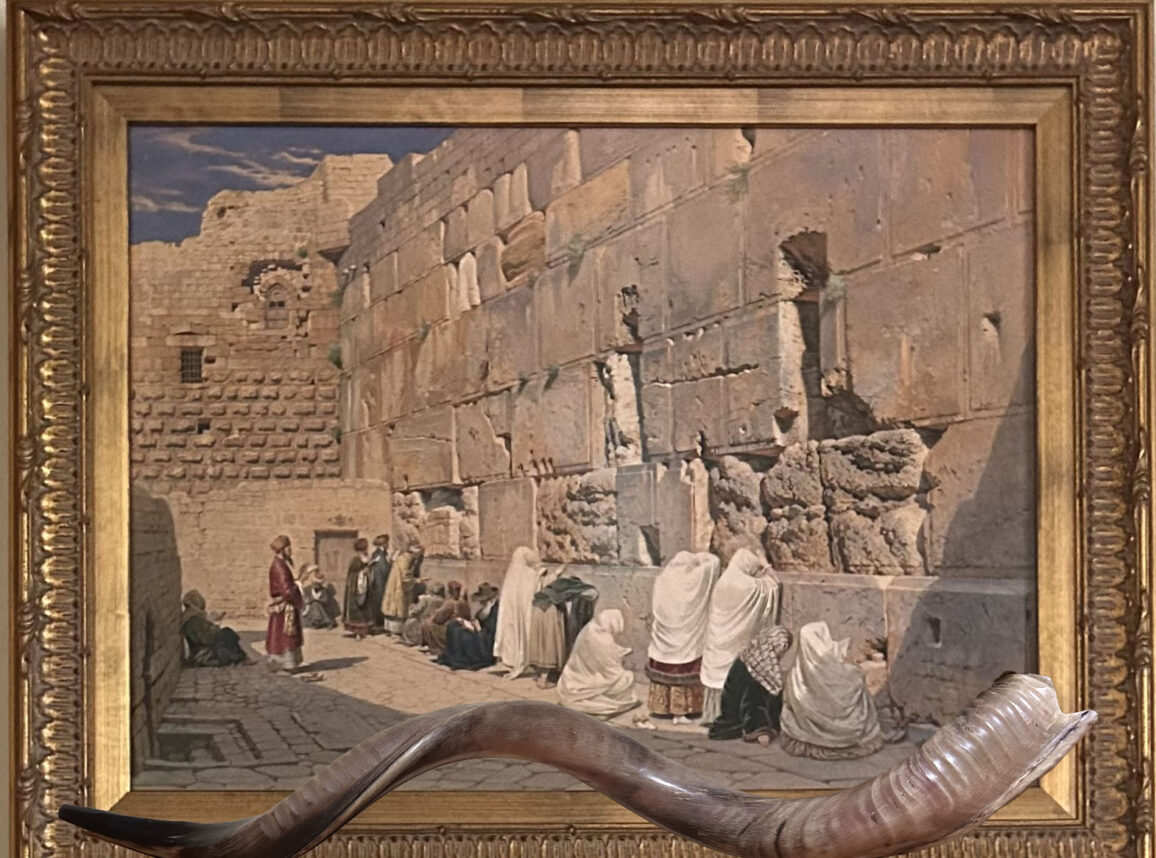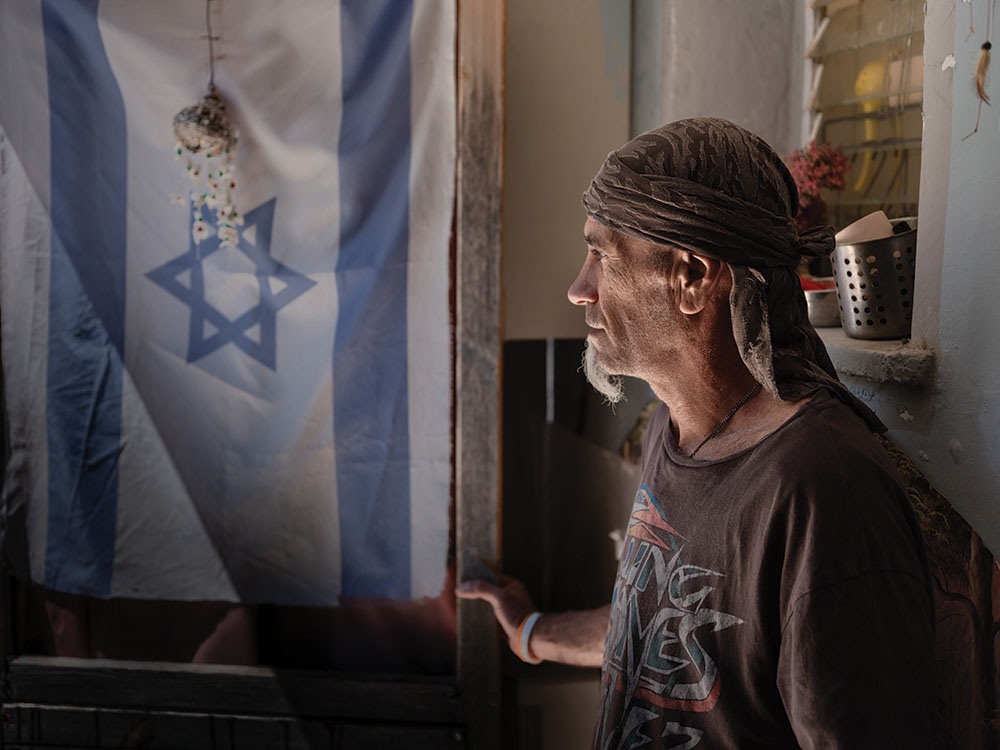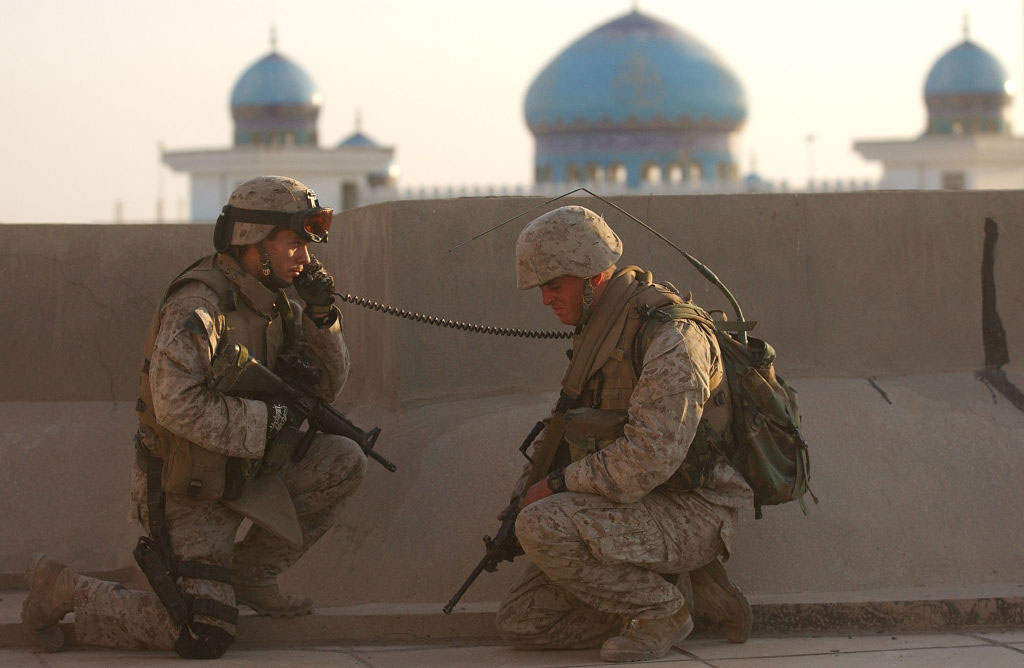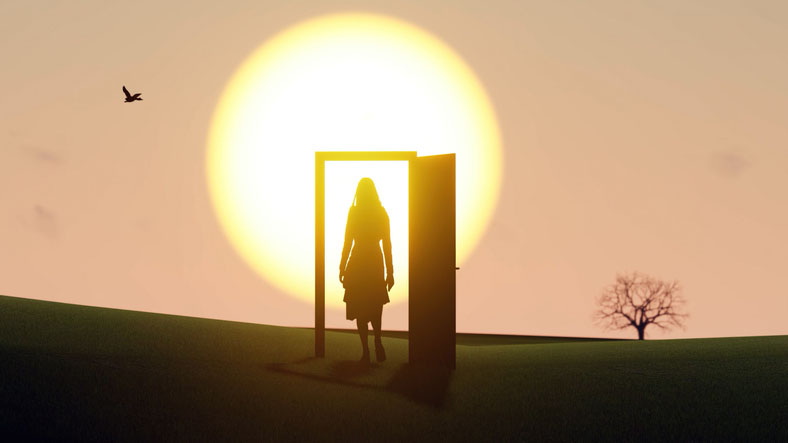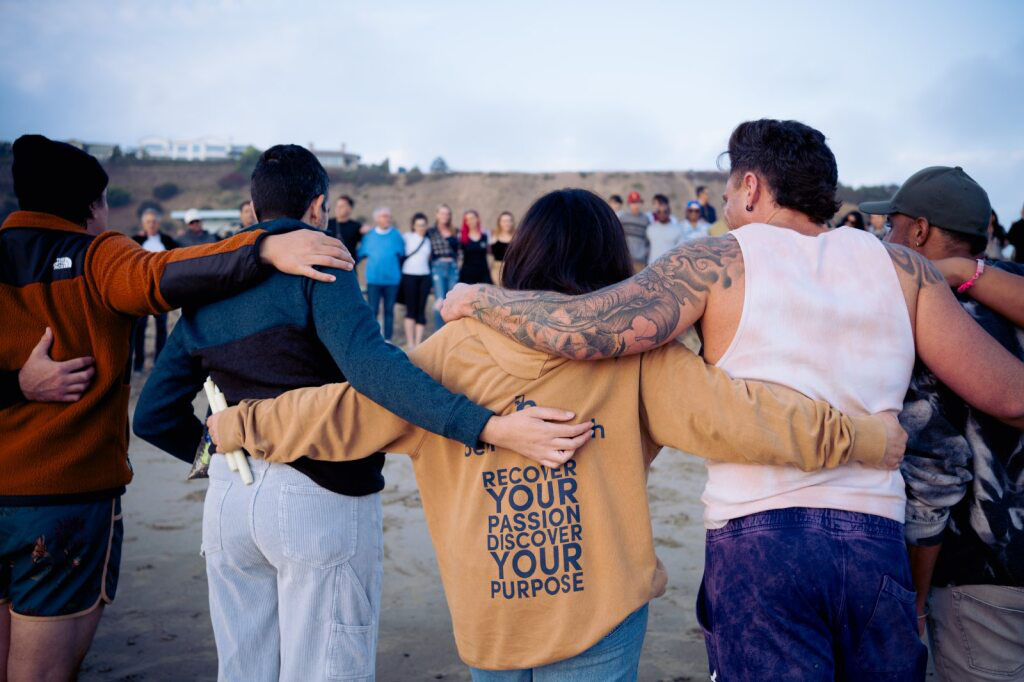
No lives were lost when the Tubbs Fire tore through URJ Camp Newman near Santa Rosa in Northern California, incinerating most of its structures. But as news of the disaster spread Oct. 9, campers and alumni gathered on social media or in vigils across Southern California and throughout the United States, mourning what sometimes felt more like a close friend than a group of buildings.
Rachel Katz, 22, who recently moved to Mississippi from Los Angeles, recalled her physical reaction to hearing word of the calamity. “I couldn’t breathe,” she said. “I was at a loss for words.”
Quickly, her thoughts turned to teens she had mentored as the camp’s counselor-in-training adviser, some of whom now are counselors.
“I’m just heartbroken for my kids,” she said. “You can’t train them for something like this. You can train them for pretty much everything else, but this is where their good hearts and souls that they all had, go into practice.”
“I’m just heartbroken for my kids. You can’t train them for something like this.”–Rachel Katz
Members of the Camp Newman community gathered in homes and synagogues in states including California, Arizona, Nevada and New York in recent days to discuss the outsized importance the Union for Reform Judaism (URJ) camp played in their lives, mourning ties to the camp that often spanned generations. Others took to Facebook and Instagram to tag friends in old photos and share messages of loss.
At Temple Ahavat Shalom in Northridge, Rabbi Barry Lutz invited current and former campers to share their stories during Kabbalat Shabbat services four days after the fire, which turned prayer halls, dining facilities and cabins into piles of twisted rubble and smoking ash. Temple Beth El in San Pedro, Congregation B’nai Tzedek in Fountain Valley and Temple Beth Israel in Pomona were among the spiritual communities that mourned the fire during Friday night services.



Vivian Gee, whose two sons attended the camp and whose daughter, 11, normally spends her summers there, addressed the congregation at the Northridge temple.
“I never went to camp, but all of my money went to camp,” Gee said jokingly.
Her eldest son, Cole, 24, met his current girlfriend at camp six years ago and still lives with three camp friends in San Francisco. Cole’s younger brother, Chandler, “who is not always wanting to be Jewish,” their mother said, nonetheless cherishes his memories of camp.
“It was such a great loss to them,” she said as her daughter, Ashlynn, and husband, Doug, sat in the pews. “It was their second home away from home. Our kids’ motto is, ‘Camp Newman is life — and the rest is just stuff.’ ”
The camp is located in Santa Rosa, a six-hour drive north of Los Angeles. Wildfires raging across Northern California have claimed more than 40 lives and burned more than 220,000 acres since breaking out Oct. 8.
On the first day of the fire, camp staff and faculty followed the news of the massive Tubbs Fire burning nearby. After midnight on Oct. 9, authorities evacuated the five permanent residents of the camp, according to camp director Rabbi Erin Mason. After that, it was a waiting game, she said.
“I was fairly certain that we were going to lose a couple buildings, but we just didn’t know the near-total loss that we were going to experience,” Mason said in a phone interview.
Camp staff was not allowed back on site until Oct. 13, the Friday after the fire, when the impact of the blaze became clear. Everything outside of seven camper cabins, the poolhouse, some staff housing and a storage shed had burned, Mason said.
But even before the scope of the damage was known — no cost estimates were available as of Oct. 17 — the camp community began to discuss how to rebuild. By the time camp staff inspected the site, a donation page launched earlier that week (campnewman.org) had raised about $150,000 — not counting what Mason had collected personally.
During a Simchat Torah celebration Mason attended Oct. 12, she said a camp mom handed her a brown paper bag and told her, “The kids wanted me to give you all their tzedakah.”
Mason said about one-third of the camp’s summer participants come from Southern California. “The connection to our Southern California community is huge and is not something that we take for granted,” she said. “We appreciate knowing people come all the way up here.”
Each summer, the camp plays host to some 1,200 third- through 12th-graders during sessions that last two to eight weeks. It also hosts gatherings for NFTY — The Reform Jewish Youth Movement, as well as schools and families.
Mason said the camp is intent on reviving its programs for the coming summer even as it remains unsure how or where.
“We don’t know what that looks like or where that looks like, but it’s first on our priority list to find out how we run camp next summer in whatever iteration that takes,” she said.
Across the region, some campers cast an eye toward rebuilding while others grieved for losses that can never be recouped.
“I’ve been hearing a lot of people say, ‘But we will rebuild,’ ‘But we’re a strong community,’ ” said Ariella Thal Simonds, a Los Angeles-based attorney. “All of that is true, but that’s not where my head is right now.”
Instead, Simonds said she was thinking about the tile murals she and fellow counselors-in-training had installed together by hand, intended to be a permanent testimony to their time and memories there.
Simonds met her husband, Rabbi Joel Simonds of University Synagogue, at Camp Newman, and the pair “had every intention” of sending their kids, who are 3 and 6, to the camp when the time came, she said.
“When we play the movie in our heads of our memories, of those special times, there’s a backdrop to them, and those places played an important role,” she said, adding, “That’s why it’s so devastating to everyone, even though everybody’s safe.”
This year, the camp celebrated 70 summers since it opened as Camp Saratoga at a nearby location, later became Camp Swig and finally Camp Newman. Rabbi Paul Kipnes of Congregation Or Ami in Calabasas has been on the camp’s faculty since it moved to its current location 20 years ago.
“We’re going to be OK, and camp’s going to end up in a stronger position for the next 70 years,” he said. “The hardest part is for these kids and the staff. These are places where we made memories, where people had their first kiss, where Judaism was deeply spiritual and completely creative.”
On Oct. 11, Congregation Or Ami held a support service for those mourning the loss preceding its Simchat Torah holiday celebration.
Elsewhere across Los Angeles, thoughts of mourning mingled with hope for the future.
Emily Kane Miller, 35, lives in L.A. but grew up going to Camp Newman. Her mother attended Camp Swig.
“As childhood gets further away, knowing there are these places that exist that are touchstones for your memories is something that brings a lot of comfort, and when they go away, it’s extremely sad,” she said. “But camp was never meant to be something that is a time capsule. It’s a living place that helps to greet each new camper’s summer with fresh energy.”
Miller said she and her husband, Nate, still intend to send their kids to Camp Newman, when and where it rebuilds.
“When Nate and I talk about the things that are sort of mandatory for our kids and what we absolutely want them to do to have Jewish identities, summer camp is at the top of the list, because of [my experience at] Camp Newman,” she said. “Knowing that the space is devastated doesn’t change that for me.”
Back at Temple Ahavat Shalom on Oct. 13, Lutz, who has spent more than a dozen summers on the faculty at Camp Newman, led the congregation in song and prayer as Spencer Hyam, 16, accompanied him on the guitar, playing camp melodies.
When it came time for the Hashkiveinu prayer — “Blessed are You, Lord, who spreads a shelter of peace over us” — the congregation enacted a camp tradition, where counselors spread prayer shawls over their charges as the camp director offers blessings. At the Reform temple, parents spread tallitot over their children while Lutz led the prayer.
“Camp Newman will rise from the ashes,” he said afterward.
The fire had threatened the storage shed where the tallitot are kept that are normally used for the Haskiveinu ritual at Camp Newman, Mason said. But when camp staff returned to the site and inspected it, they were surprised by what they found.
“The ground all around that shed is burned; the ground underneath the shed is burned; the water pump behind it is burned; the trees all around it are burned,” she said. “They opened the door to the shed — and all of the siddurim and all of the tallitot are untouched.”

